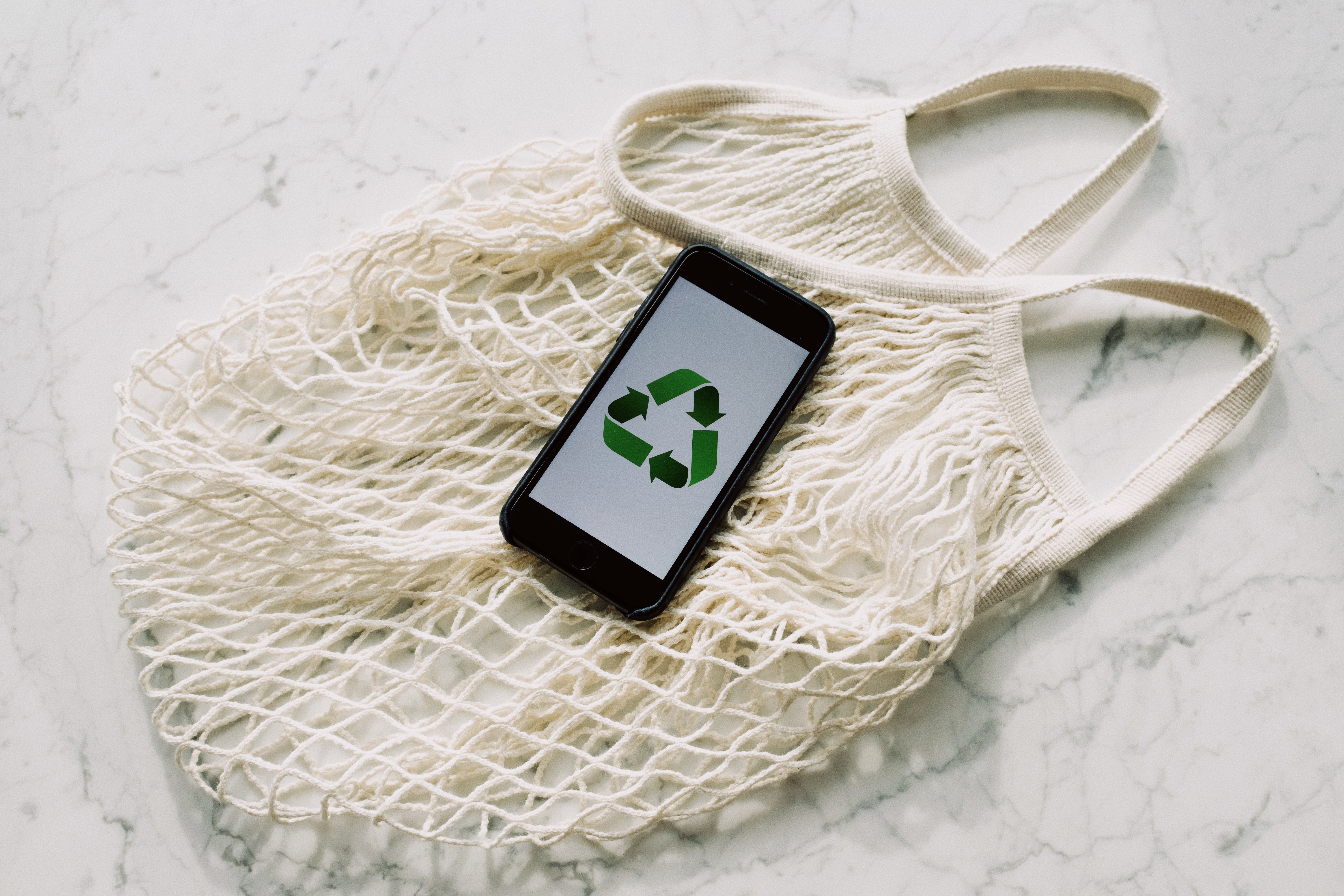The planet’s survival circle
Circular economy
December 28, 2022

We immoderately consume natural resources, we pollute without restraints, but it does not need to be as black as you might paint it! The situation may go green! Green Agenda is a part of the Green Deal that the European Commission has developed as a series of solutions for slowing down the climate changes and preserving living environment. It relies on 5 pillars, and one of them is circular economy.
The circular economy teaches us how to use what we took from nature for as long as we can, how to reuse, or recycle them to get new resources, and so on, in cycles.
The concept of “waste” does not exist in nature! The tree that collapses in nature is gradually decomposed, becoming food for insects and microorganisms which turn its remains into minerals, humus and fertile soil.
WHY SHOULD THIS INTEREST US?
While you are reading this, we use twice as much of the Earth’s resources than it can be compensated for through regeneration. It is assessed that, by 2030, the planet will be populated by 8.5 billion of people, meaning that the demand for food would increase by 35%, for water by 40%, and for energy by 50%.
In our surroundings, we see consequences of the current economic and ecological irresponsibility – from the islands of rubbish in rivers, garbage dumps in fields and forests, right down to the landfills that burn with an increased frequency and cause serious air pollution.
Frightening, right? Fear may become our motivation, as long as we have a solution!
Circular economy is the wheel we must spin before it is too late. Let us follow the example of the Nordic countries which reuse almost all of their waste as resources and secondary raw materials.
When we are about to make a product, we should think in advance about how much raw materials we would need, how much waste we would create in this production, and what we would do with it afterwards. An example of good practice is the production of lavender and immortelle essential oils, where the residue left after the processing of these herbs is processed to make lignocellulosic biomass used as energy source. Furthermore, the organic waste from restaurants and big market chains is already being collected in Serbia and used in producing biogas.
WHAT CAN I DO?
- REUSE! For example, you can use the residue of cooking oil to make soap or a candle, and use other food to make compost, an excellent plant soil fertiliser.
- RECYCLE! Sort your waste – paper, metal, plastic, glass and organic waste, in case you have recycling garbage bins in your vicinity. Do not throw electrical appliances in the garbage, but rather send them to the companies in Serbia that recycle them.
- DO NOT BUY MORE THAN NECESSARY – Instead of hoarding and then throwing away, buy exactly the amount of food, clothes and other things that you need and will use!

 Locations
Locations